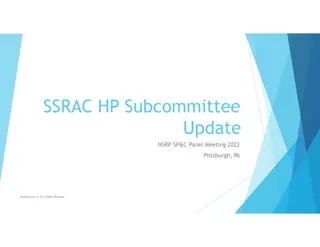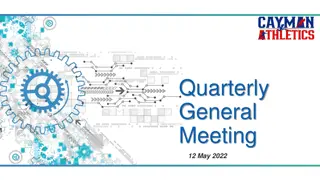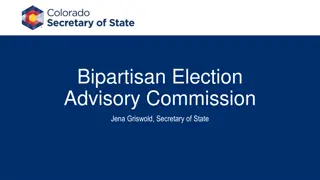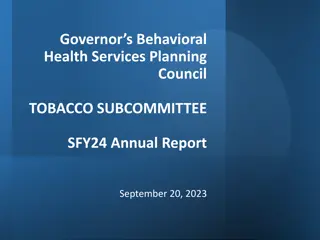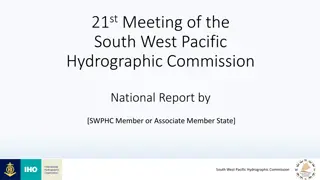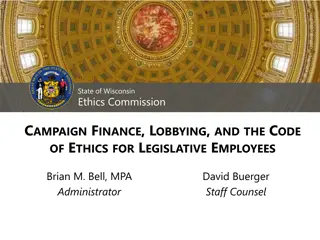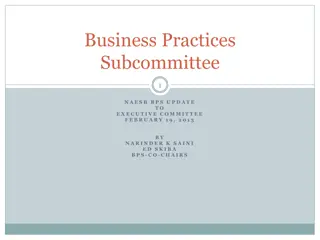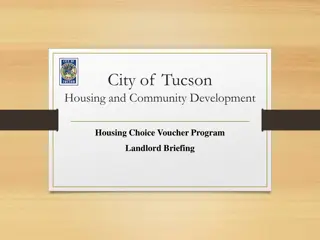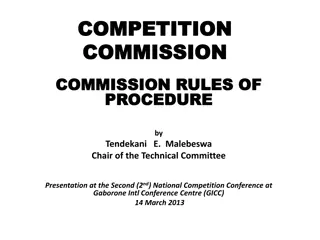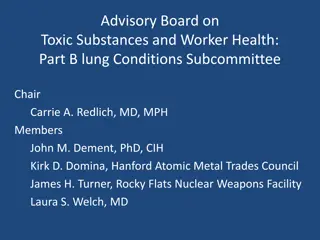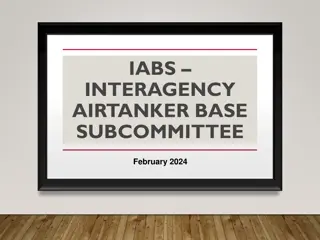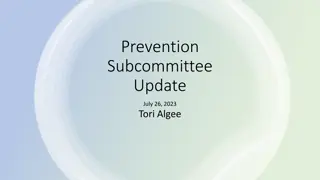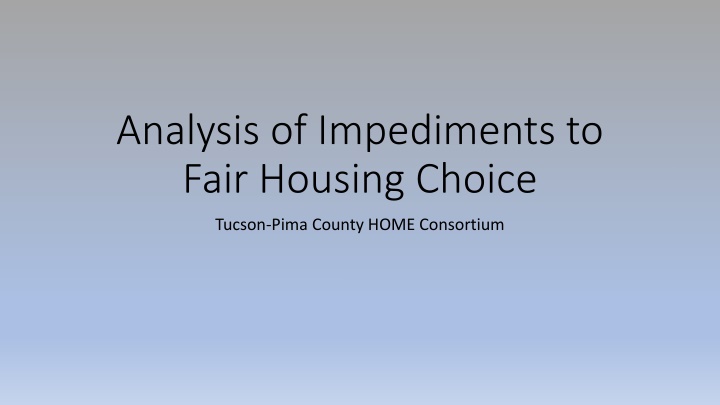
Impediments to Fair Housing Choice in Tucson-Pima County Analysis
Explore the analysis of impediments to fair housing choice in Tucson-Pima County, focusing on identifying barriers to housing choice, socio-economic factors, fair housing complaints, and actions to address impediments. Learn about housing discrimination, community education, disability accessibility, and more.
Uploaded on | 1 Views
Download Presentation

Please find below an Image/Link to download the presentation.
The content on the website is provided AS IS for your information and personal use only. It may not be sold, licensed, or shared on other websites without obtaining consent from the author. If you encounter any issues during the download, it is possible that the publisher has removed the file from their server.
You are allowed to download the files provided on this website for personal or commercial use, subject to the condition that they are used lawfully. All files are the property of their respective owners.
The content on the website is provided AS IS for your information and personal use only. It may not be sold, licensed, or shared on other websites without obtaining consent from the author.
E N D
Presentation Transcript
Analysis of Impediments to Fair Housing Choice Tucson-Pima County HOME Consortium
What is the AI? Companion document to the 5-yr HUD Consolidated Plan Implements Community Development Block Grant (CDBG) affirmatively furthering fair housing certifications Analyzes conditions to identify barriers to housing choice with emphasis on protected classes & poverty Socio-economic & Housing Fair housing complaints, inquiries and testing Home Mortgage Disclosure Act Evictions (first time) Regulations and policies Geographic concentrations Details a 5-year Action Plan to address identified impediments.
Identifying & Addressing Impediments 2020 AI Seven Impediments & 31 Actions (plus sub-actions) 1. Housing Discrimination 2. Community Education & Awareness 3. Geographic Concentrations 4. Lending Discrimination 5. Disability Accessibility 6. Fair Housing Monitoring & Reporting 7. Tucson Fair Housing Ordinance Enforcement This (2025) AI May be same number of impediments, yet Seek to better connect housing discrimination with economic and housing market conditions Focus on cross-impediment actions where practicable A glimpse into preliminary impediments and anecdotal information. Trends are difficult to pinpoint How people identify themselves is evolving Census geography changes Aging population = increased disability U of A student population
Questions for the Subcommittee How can the impediments analysis support the work of the subcommittee? And the work of the subcommittee support the analysis? What action(s) would you prioritize to positively impact housing market factors alongside housing choice barriers/discrimination. What research, data or other information would contribute to the impediments analysis?
Severe Housing Problems Severe housing problems among households with Income less than 80% AMI by race and ethnicity (2020 CHAS) 40.4% of Pima County Households with income less than 80% AMI experience one or more severe housing problems. 49.9% 48.7% Severe housing cost burden most common 42.9% 42.2% 41.8% 40.4% Paying > 50% of HH income for housing 37.8% Other severe housing problems: >1.5 people per room Unit lacks complete kitchen or plumbing Cash rent/unpermitted ADUs LMI racial and ethnic minorities are more likely than White households to experience severe housing problems Pima County White Black Asian Native American Pacific Islander Hispanic
Home Purchase Loan Application Outcomes Home Purchase Loan Application Outcomes by Race/Ethnicity Pima County HMDA 2020-2023 One path to wealth generation and transfer Hispanic/Race Other than White 67.0% 8.2% 19.3% 78,368 applications reviewed Proportionate to percentage of population 58.9% non-Hispanic White 23.2% Hispanic White Non-Hispanic/Race Other than White 65.1% 9.4% 19.8% Different denial reasons Non-Hispanic White, Joint, Males collateral Hispanic White credit history Other races/ethnicities, Females debt-to-income ratio & credit history Joint/Unknown 71.5% 6.5% 16.6% Hispanic White 67.4% 9.1% 17.6% Home purchase loan applications by racial and ethnic minorities are less likely (65.7%) than applications from non-Hispanic White (71.7%) or Joint (71.5%) applicants to be originated Non-Hispanic White 71.7% 6.1% 17.3% 0.0% 20.0% 40.0% 60.0% 80.0% 100.0% 120.0% Originated Approved, not accepted Denied Withdrawn Incomplete Credit and housing counseling may not be reaching a broad audience
Racial/Ethnic Concentrated Areas of Poverty HUD s definition 50% racial/ethnic minority + 40% poverty 45.10 14 44.32 Pima county (2022 5-yr ACS) minority concentration > 59.8% Tract 45.10 64.6% Tract 44.32 59.5% Tract 14 53.7% Racial and ethnic minorities living in poverty are more geographically concentrated than five years ago (2017 5-yr ACS)
Anecdotal The influx of retirees/boomers who bring wealth does not equate to long-term residence or in-county generational wealth transfer. Corporate owners are more savvy about fair housing compliance, and more likely to evict than mom & pop landlords. Need to reach disconnected youth pandemic had disproportionate negative mental health impacts. Isolation of people with disabilities and elders a serious problem. People with disabilities are sentenced to a life of poverty. People of color and women are more likely to have an eviction action filed and be evicted (note: eviction lab methodology & data may support). Housing (fair, affordable, etc.) needs a solid, consistent narrative. Poor employment options are at the root of today s disparity. Housing stock is a mismatch for households most in need.

